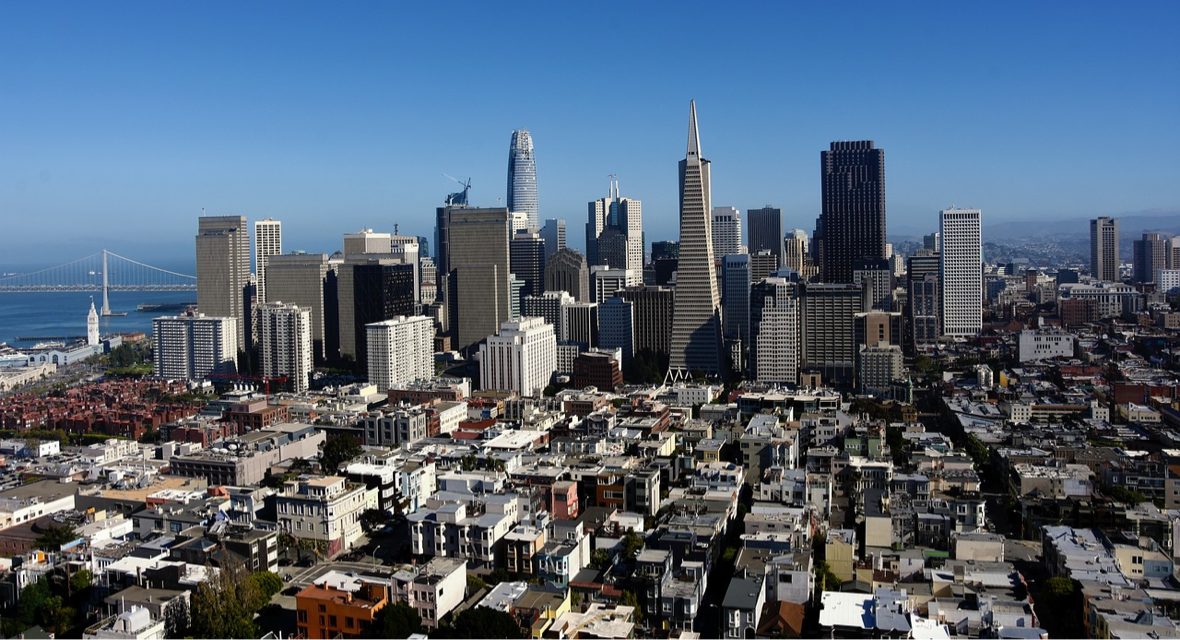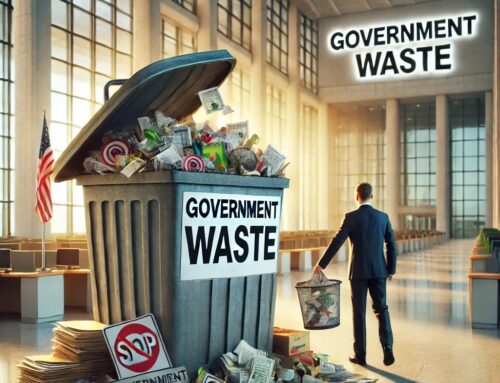The COVID-19 crisis caught everyone off guard and unprepared. But the same cannot be said of California’s ongoing water supply problems, which remain unresolved and very dangerous.
It’s a ticking time bomb that we’ve known about for decades — not months. The current pandemic has shed light on the increasing need to ensure a safe, secure, and reliable domestic food supply . . . by actually preparing for a known threat.
This past week, a group of more than 150 water and agricultural organizations wrote a letter Congress and the White House to urge action to address the inadequate and aging water infrastructure throughout California and much of the West. The group requested that any future economic stimulus package for infrastructure should include water storage, desalination, recycling and other projects.
California — known for innovation — is relying on a plumbing system from more than 50 years ago that has had no substantial upgrades. A system designed to accommodate a population of 16-million people is no match in a state of 40 million.
It is an obvious future crisis that only garners attention in drought years. Even then, the only solution is a band aid (draconian water conservation mandates that never resolve the core issues). Then, after one winter’s worth of heavy rains, the sense of urgency is washed away only to be replaced by policymakers in denial.
This coalition letter is seeking to restore that urgency, stating: “As hydrological conditions in the West change and populations continue to expand, failure to address water security has become increasingly critical . . . moving water away from Western irrigated agriculture will surely contribute to the decline of our national food security.”





